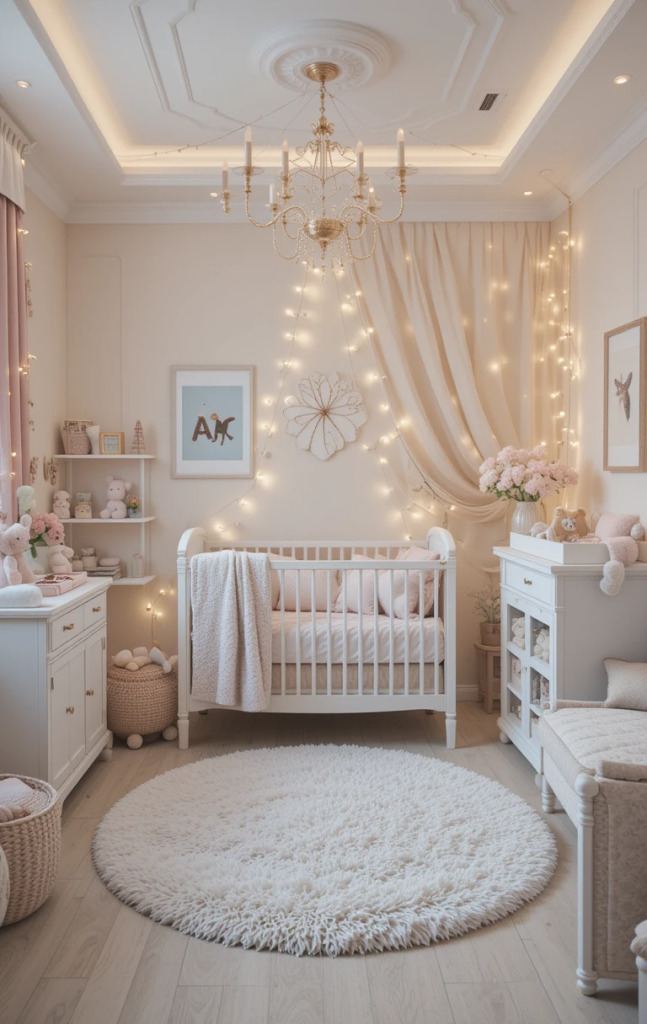
As your baby grows into a curious, active toddler, their needs and preferences evolve. The cozy nursery that once served as a safe haven for your infant may no longer suit your growing child. Transitioning from a nursery to a toddler room is an exciting milestone, but it requires careful planning to ensure the space is functional, safe, and stimulating for your little one. In this article, we’ll guide you through everything you need to know about making this transition seamless and enjoyable.
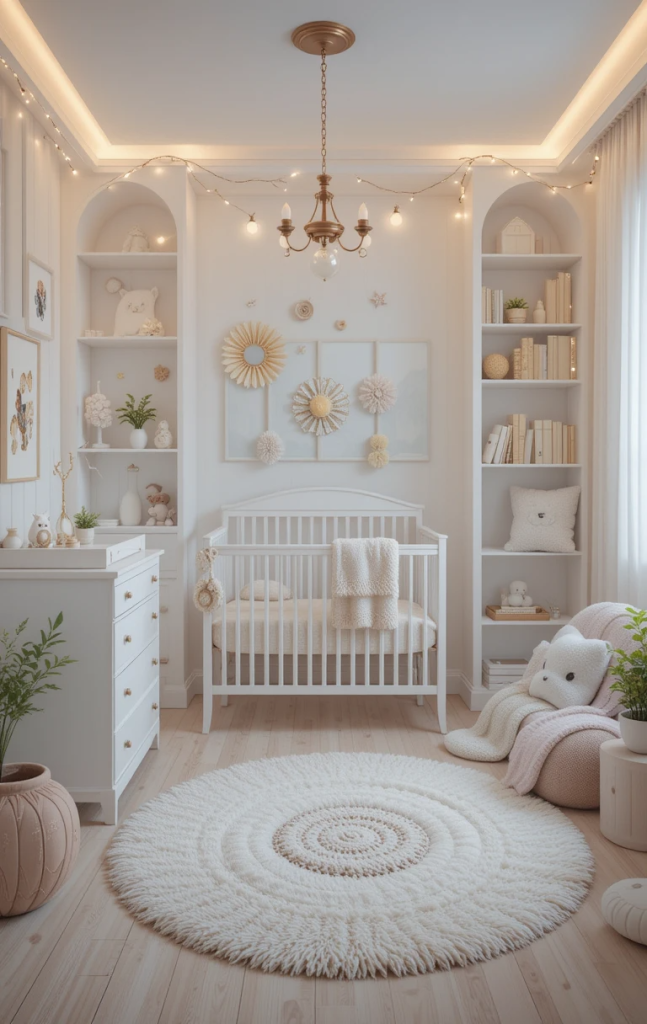
Why Transition from a Nursery to a Toddler Room?
The transition from a nursery to a toddler room is more than just a cosmetic change. It’s about creating a space that supports your child’s development and independence. Here’s why this transition is important:
Safety: Toddlers are more mobile and curious, so the room must be childproofed to prevent accidents.
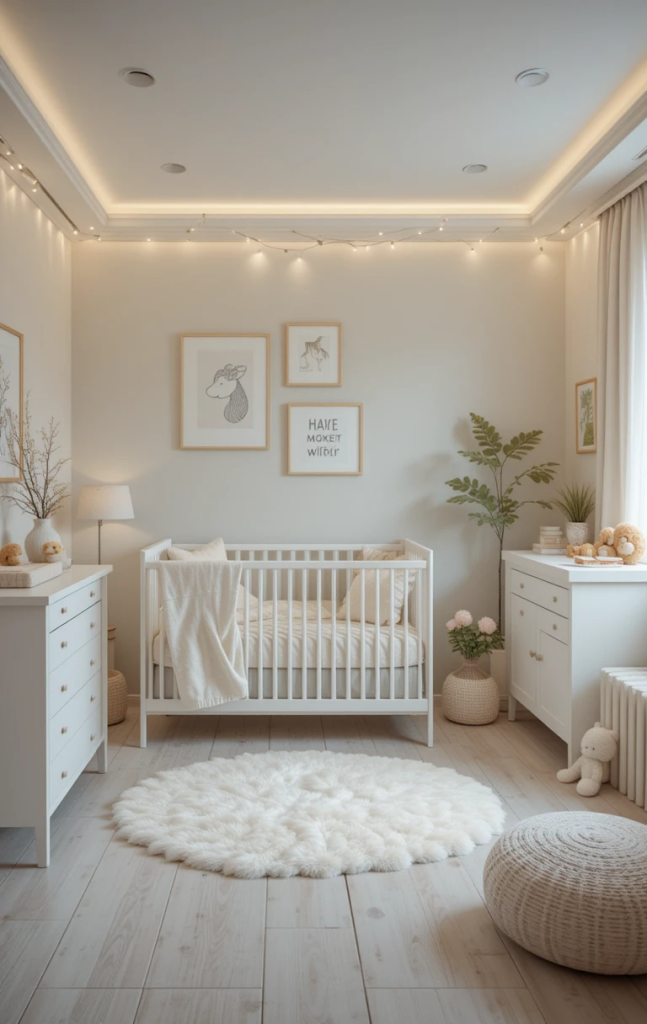
Independence: A toddler room encourages exploration and learning, helping your child develop confidence and skills.
Comfort: As your child grows, their sleep and play needs change, requiring a more adaptable space.
Personalization: A toddler room reflects your child’s emerging personality and interests, making it a space they can call their own.
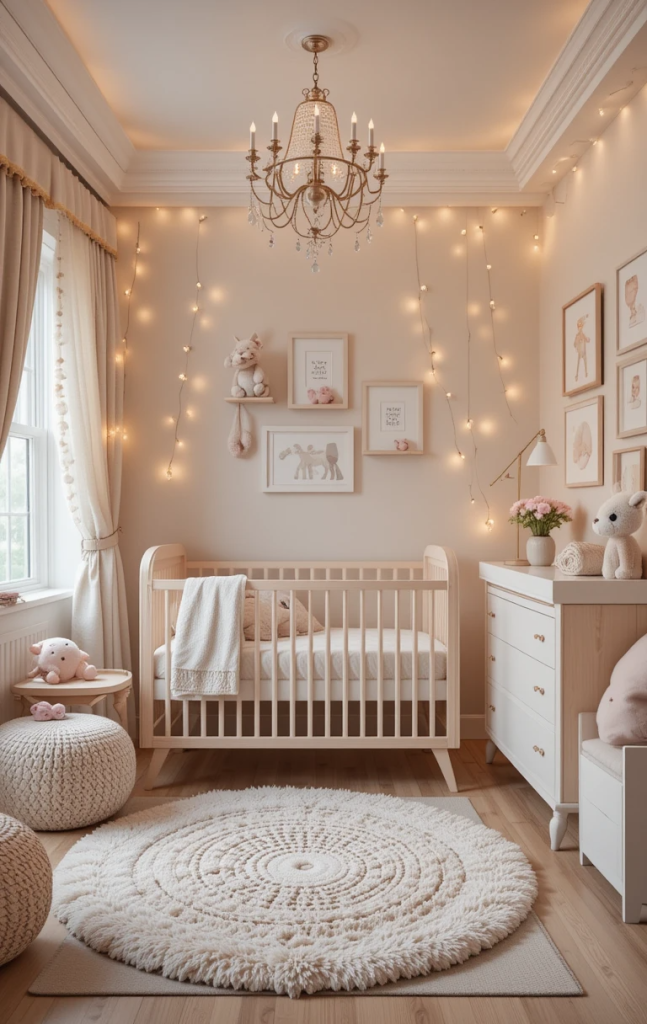
Step 1: Assess Your Current Nursery
Before making any changes, evaluate your current nursery to determine what can be repurposed, updated, or replaced. Ask yourself:
Is the crib still suitable, or is it time to transition to a toddler bed?
Are the storage solutions adequate for toys, books, and clothes?
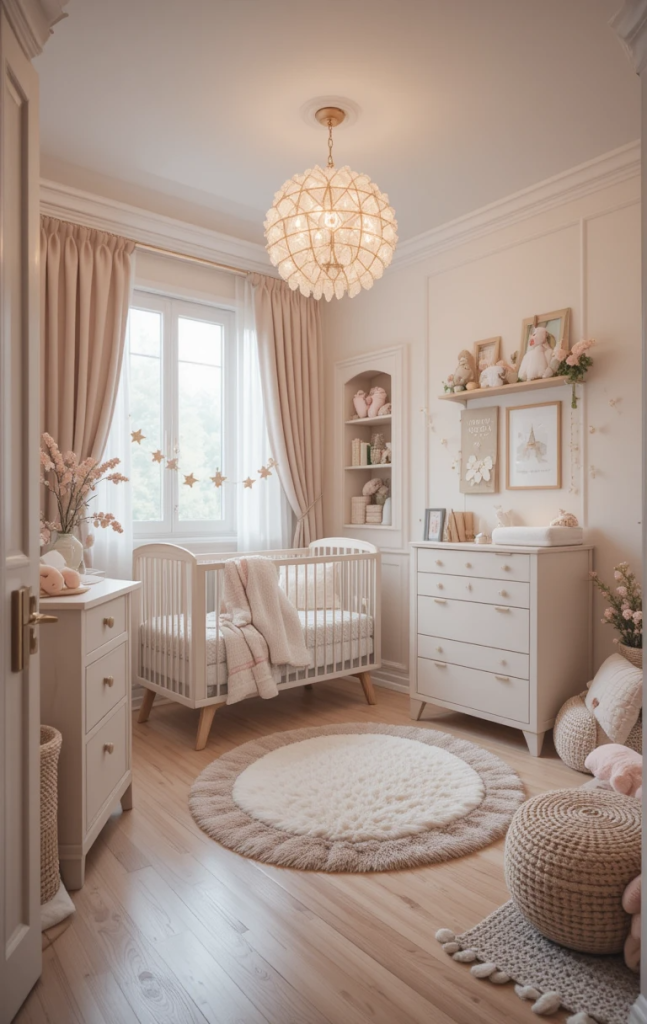
Does the room have enough space for play and exploration?
Are the decor and colors still age-appropriate?
Step 2: Choose the Right Furniture
The furniture in a toddler room should be functional, safe, and adaptable. Here are the key pieces to consider:
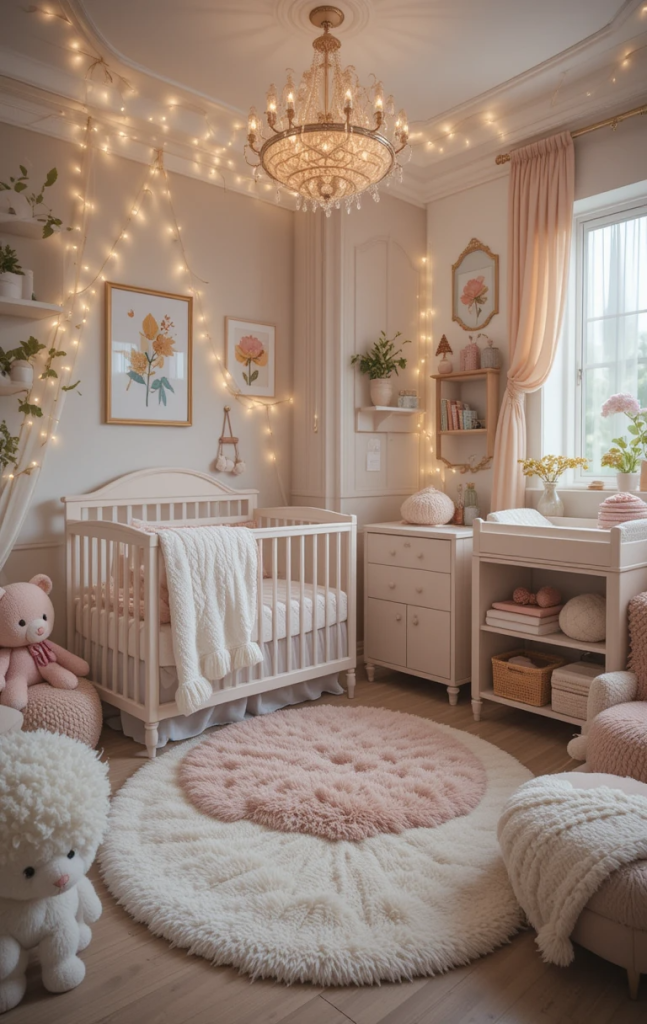
1. Toddler Bed
Transitioning from a crib to a toddler bed is a major milestone. Look for a low-profile bed with safety rails to prevent falls.
Tip: Involve your toddler in the process by letting them pick out their bedding or a fun bed frame.
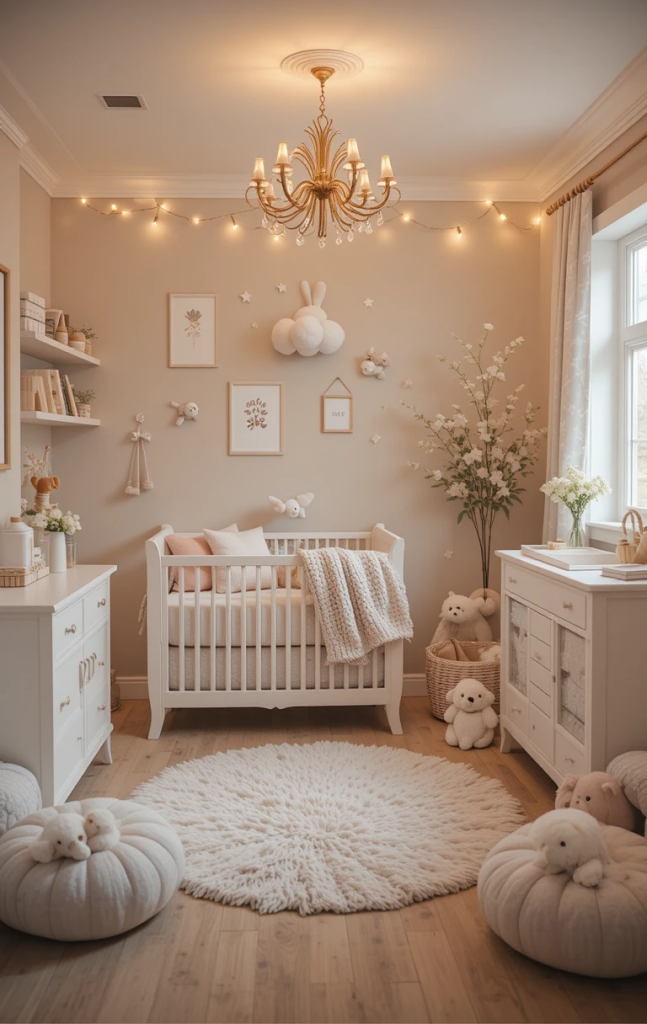
2. Storage Solutions
Toddlers accumulate toys, books, and clothes quickly. Invest in open shelves, bins, or baskets that are easily accessible for your child.
Label storage containers with pictures or words to encourage organization and learning.
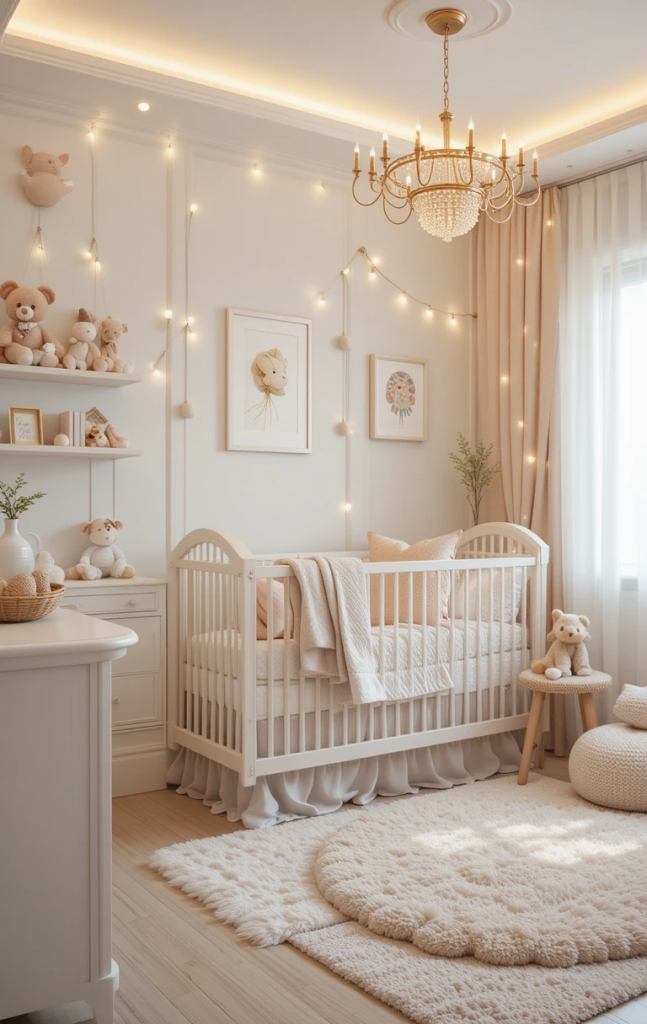
3. Play Area
Dedicate a corner of the room for play. Add a soft rug, a small table for crafts, and open shelves for toys.
Consider a teepee, play kitchen, or reading nook to make the space more engaging.
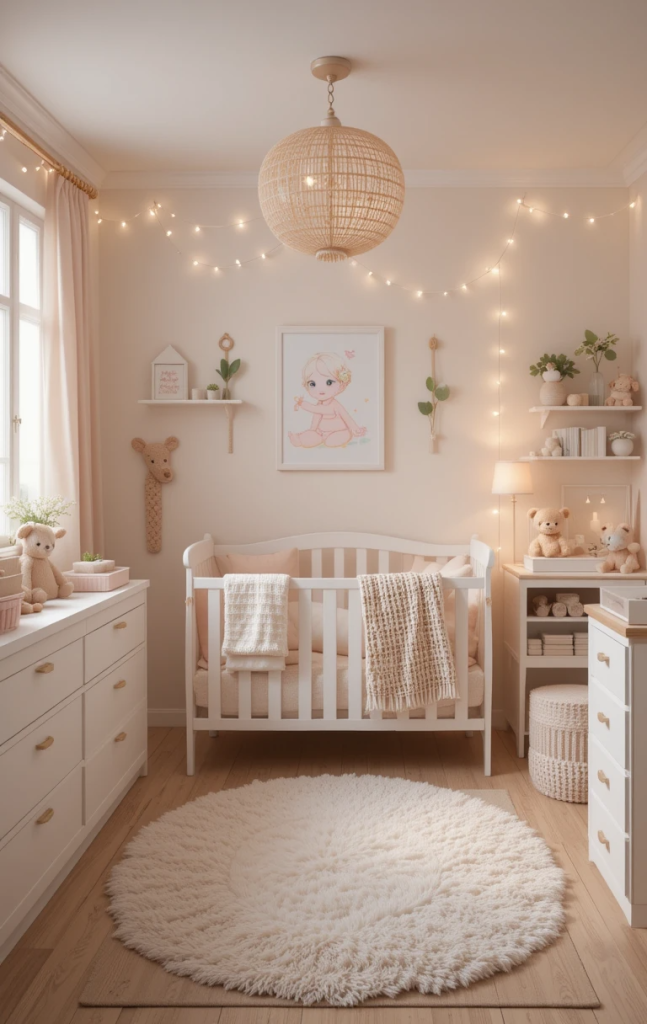
4. Child-Sized Furniture
Incorporate child-sized chairs, tables, and bookshelves to encourage independence and make the room more toddler-friendly.
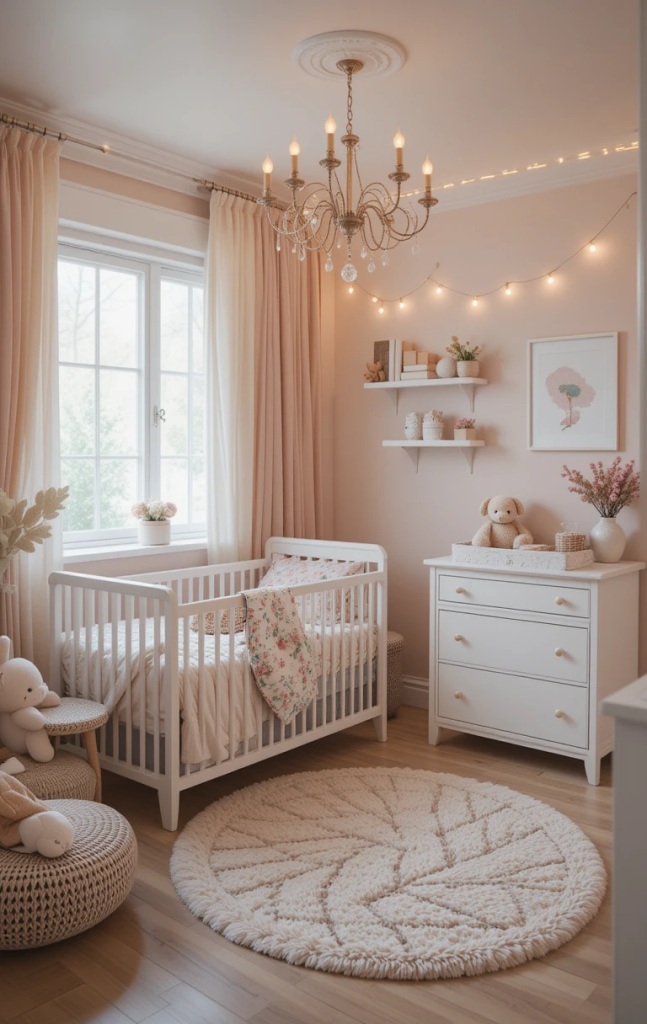
Step 3: Prioritize Safety
Toddlers are naturally curious and love to explore, so safety is paramount. Here’s how to childproof the room:

1. Secure Furniture
Anchor heavy furniture like dressers and bookshelves to the wall to prevent tipping.
Use corner guards on sharp edges.
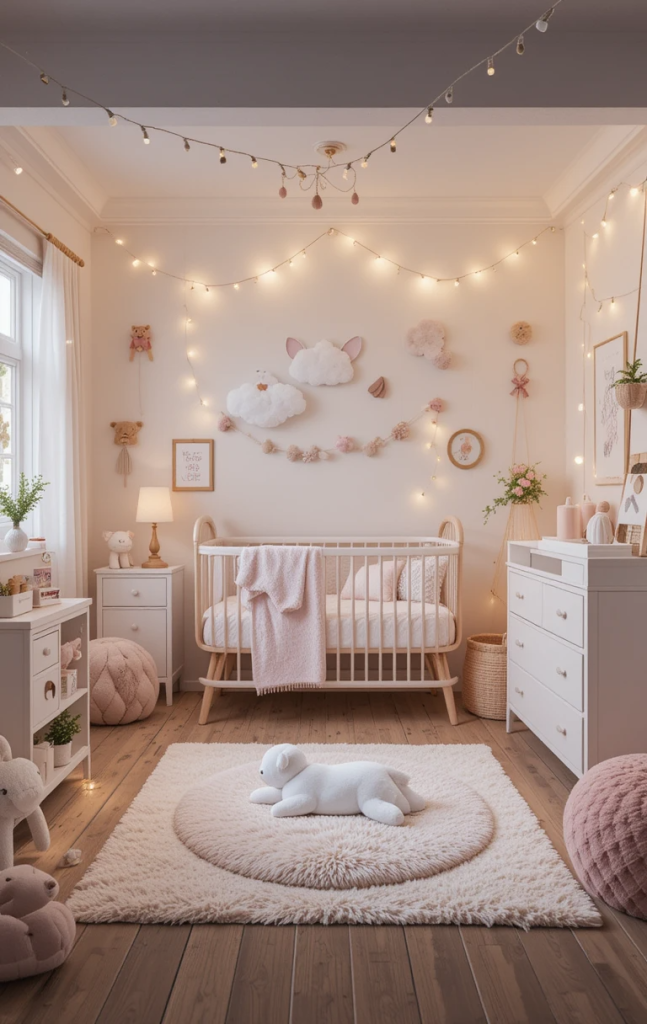
2. Electrical Safety
Cover electrical outlets with safety plugs.
Keep cords out of reach or use cord organizers.
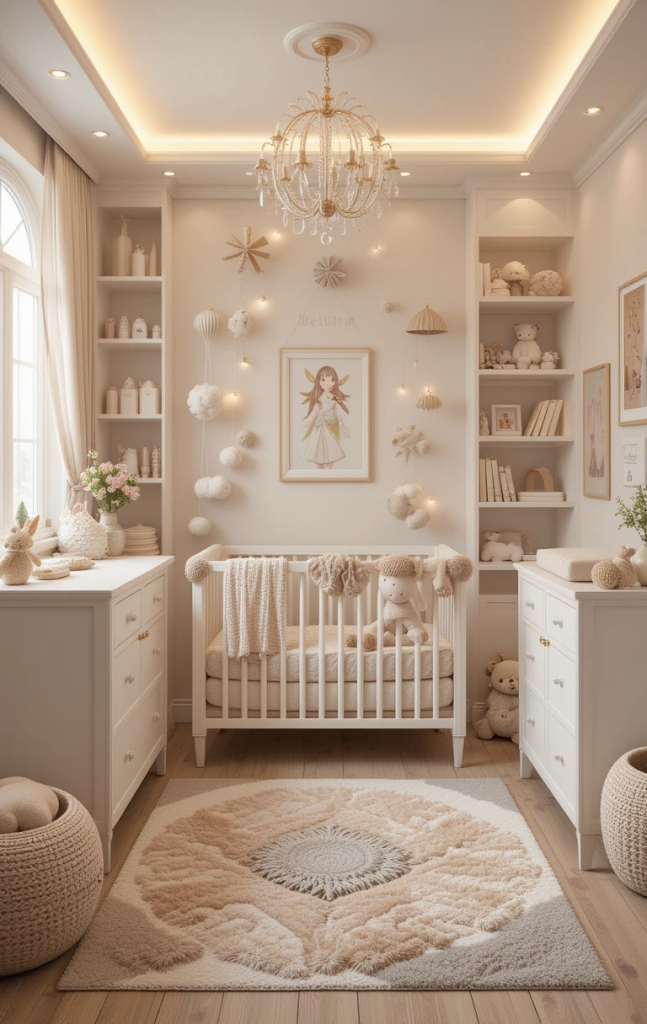
3. Window Safety
Install window guards or stops to prevent falls.
Avoid placing furniture near windows.
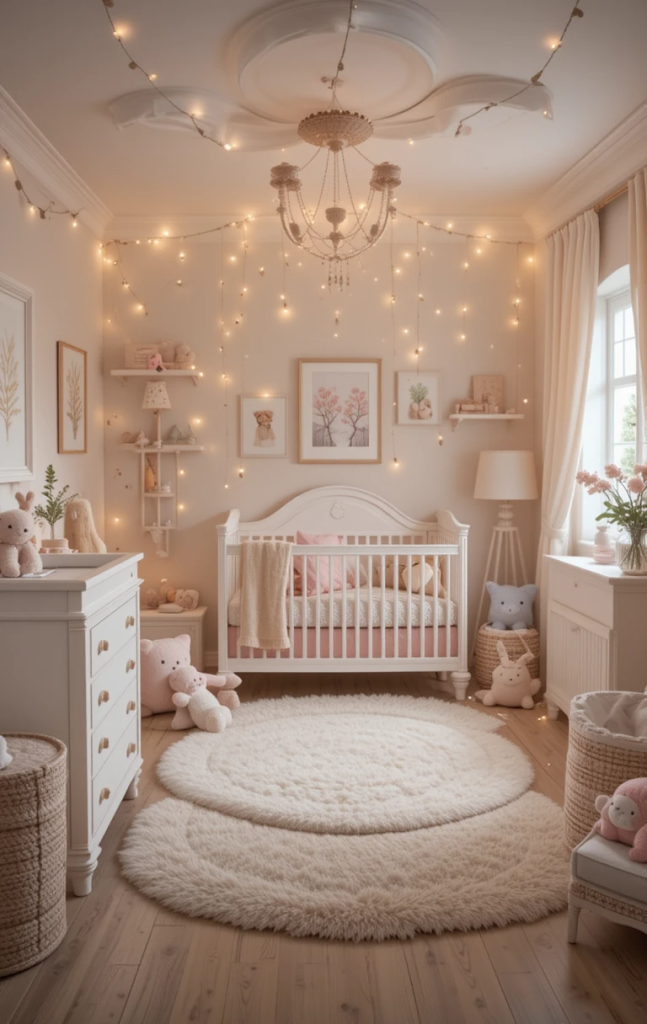
4. Toy Safety
Regularly inspect toys for broken parts or choking hazards.
Store small items out of reach.
Step 4: Update the Decor
A toddler room should be visually stimulating and reflect your child’s personality. Here are some decor ideas:

1. Color Scheme
Choose bright, cheerful colors or calming pastels, depending on your child’s preferences.
Use removable wall decals or murals to add personality without a long-term commitment.
2. Themes
Incorporate your child’s interests, such as animals, space, or vehicles, into the decor.
Themes can be subtle, like bedding or artwork, to avoid overwhelming the space.
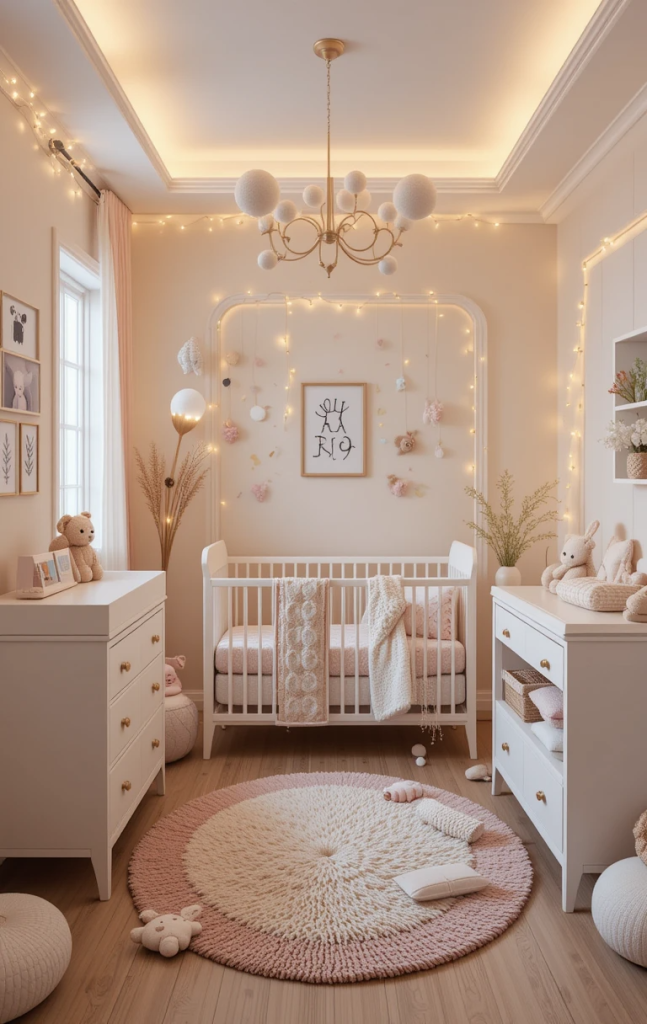
3. Wall Art
Hang framed artwork, photos, or your child’s creations at their eye level.
Use chalkboard or magnetic paint for a creative, interactive wall.
4. Lighting
Install a dimmable ceiling light or use a nightlight for bedtime comfort.
Add fun, themed lamps to enhance the room’s ambiance.
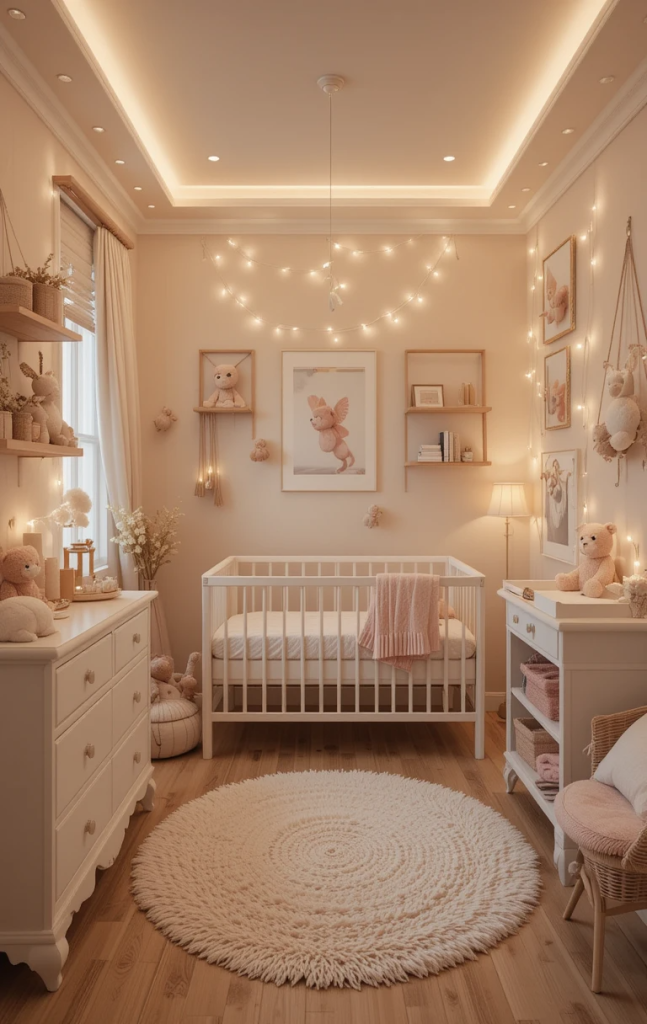
Step 5: Encourage Independence
A toddler room should empower your child to explore and learn independently. Here’s how:
1. Accessible Storage
Place toys, books, and clothes within your child’s reach to encourage self-selection and tidying up.

2. Learning Tools
Include educational toys, puzzles, and books that promote cognitive and motor skills.
Add a growth chart or alphabet poster for interactive learning.

3. Personal Space
Create a cozy reading nook or a small tent where your child can retreat for quiet time.
Step 6: Involve Your Toddler
Involving your child in the transition process can make them feel excited and invested in their new space. Here’s how:
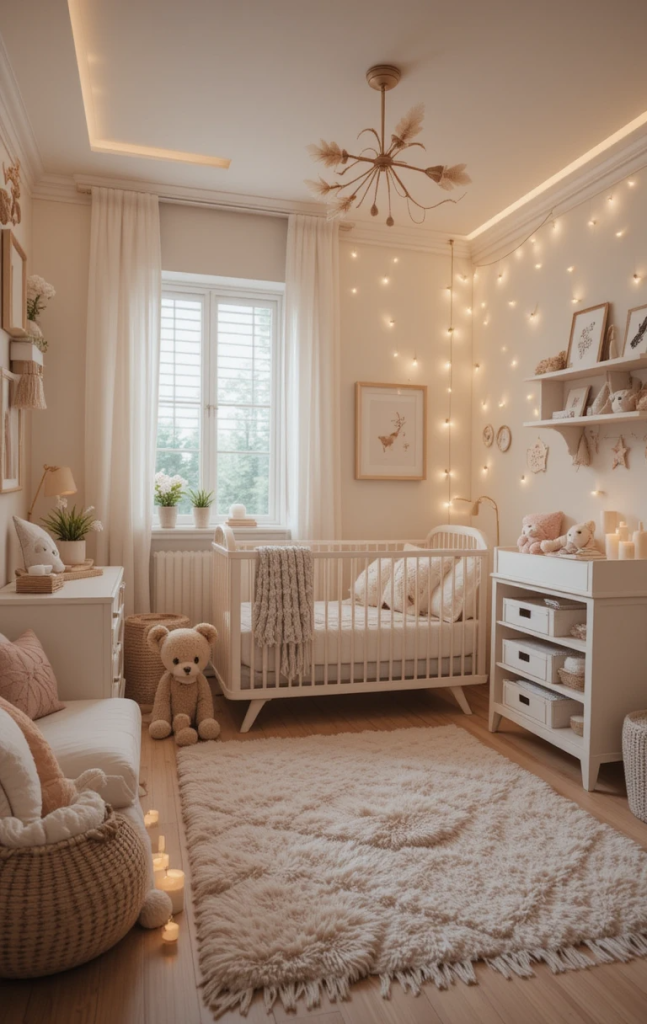
Let them choose bedding, wall decor, or a theme.
Take them shopping for furniture or accessories (within reason).
Celebrate the transition with a special “big kid room” reveal.
Step 7: Plan for the Future
As your child grows, their needs will continue to change. Design the room with flexibility in mind:
Choose furniture that can adapt, such as a convertible crib or modular storage.
Opt for neutral base colors and swap out decor as your child’s interests evolve.
Common Mistakes to Avoid
Overcrowding the Room: Keep the space open and clutter-free to allow for play and movement.
Ignoring Safety: Always prioritize safety over aesthetics.
Over-Theming: Avoid going overboard with a theme that your child may outgrow quickly.
Neglecting Storage: Ensure there’s enough storage to keep the room organized.
Transitioning from a nursery to a toddler room is an exciting opportunity to create a space that nurtures your child’s growth and independence. By focusing on safety, functionality, and personalization, you can design a room that your toddler will love and thrive in. Remember, this transition is not just about the physical changes—it’s about celebrating your child’s development and creating a space where they can explore, learn, and dream.



